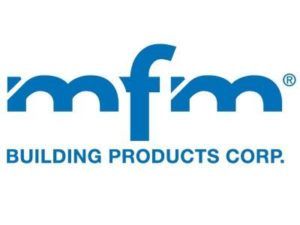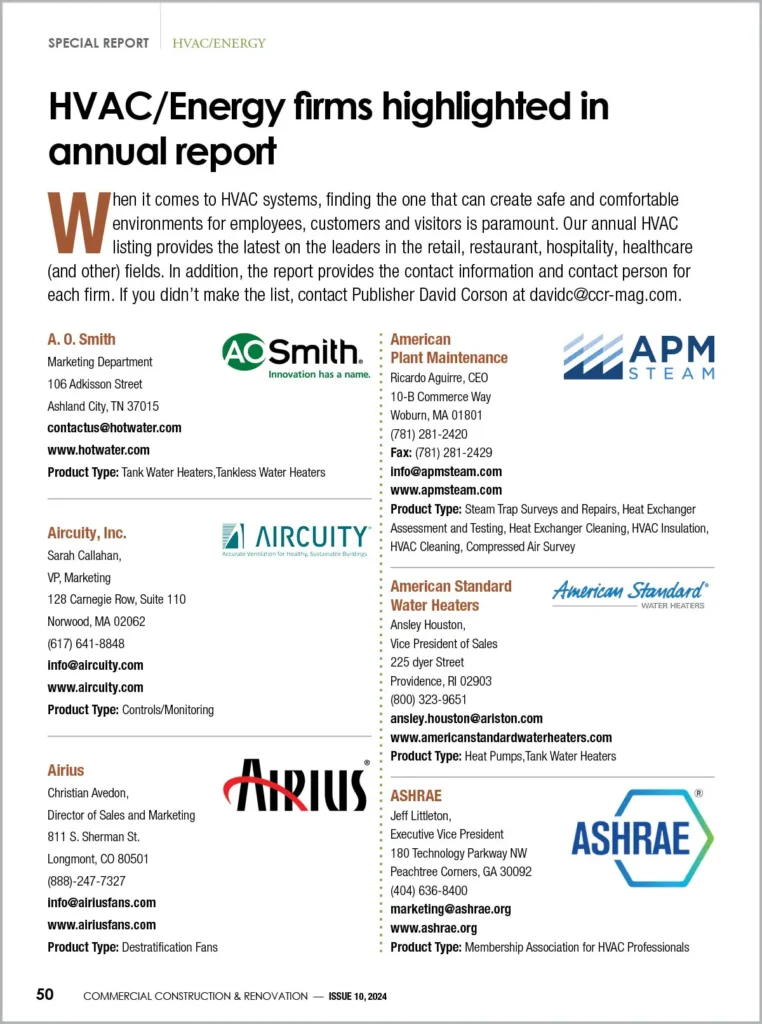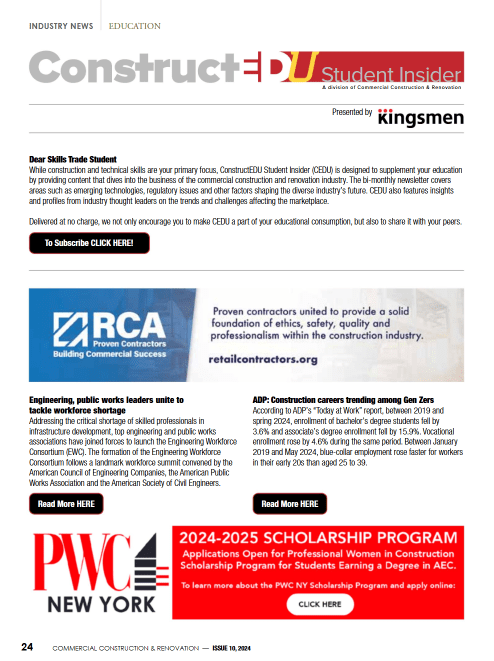Your roof is the unsung hero of your home, tirelessly shielding you from the relentless forces of nature. Yet, this very exposure to the elements makes it vulnerable to a range of weather-induced challenges. From the scorching heat of the sun to the icy grip of snow and frost, each weather condition leaves its mark on your roofing materials. Understanding the impact of these diverse weather conditions is crucial for maintaining the functionality and durability of your roof.
In this article, we’ll delve into the ways in which weather can affect your roof and explore strategies to safeguard it against these challenges. By staying informed and proactive, you can ensure that your roof continues to provide the protection and comfort you rely on, no matter what the skies may bring.
1. Sun Exposure and Heat Damage
Prolonged exposure to sunlight and high temperatures can cause roofing materials to deteriorate over time. Asphalt shingles, for example, can become brittle and lose their protective granules, leading to reduced lifespan and effectiveness. Metal roofs, while more resistant to heat, can expand and contract with temperature changes, potentially loosening fasteners and seams. To mitigate sun damage, consider using reflective roofing materials or coatings that can deflect some of the sun’s rays.
2. Rain and Moisture Penetration
Water is one of the most persistent threats to roofing materials. Prolonged exposure to rain can lead to moisture penetration, especially if there are existing vulnerabilities like cracks or missing shingles. This can result in leaks, mold growth, and structural damage. Regular inspections, especially after heavy rain, can help identify and address potential issues. If repairs are needed and you don’t have a trusted contractor on speed dial, you can start by googling roof replacement company near me to find an expert in your vicinity.
3. Wind Damage and Displacement
Strong winds can cause significant damage to your roof, from lifting and displacing shingles to causing debris to collide with the roof surface. After a windstorm, it’s important to inspect your roof for any signs of damage, such as missing or damaged shingles, and make necessary repairs promptly. Ensuring your roof is properly installed and using wind-resistant materials can also help mitigate the impact of wind.
4. Snow and Ice Accumulation
In colder climates, snow and ice can pose a unique set of challenges for roofs. The weight of accumulated snow can strain the roof structure, while ice dams can form at the roof’s edge, preventing proper drainage and leading to water infiltration. To prevent these issues, it’s important to keep your roof and gutters clear of snow and ice. Installing proper insulation and ventilation in your attic can also help reduce the risk of ice dams.
5. Hail Damage
Hailstorms can cause immediate and visible damage to roofing materials, such as dents in metal roofs or bruised and cracked shingles. After a hailstorm, it’s crucial to inspect your roof for damage and address any issues promptly to prevent further deterioration. Using impact-resistant roofing materials can help minimize the damage from future hailstorms.
6. Thermal Shock
Thermal shock occurs when roofing materials experience rapid temperature changes, causing them to expand and contract quickly. This can lead to weakening and cracking, especially in materials like metal that are more susceptible to temperature fluctuations. To mitigate the effects of thermal shock, it’s important to choose roofing materials with good thermal expansion properties and ensure they are installed correctly to accommodate movement. Regular inspections can also help identify any signs of thermal shock damage early on.
7. Biological Growth
In areas with high humidity or frequent rainfall, roofs are prone to the growth of algae, moss, and fungi. These organisms can cause discoloration and deterioration of roofing materials, leading to leaks and structural damage if left unchecked. To prevent biological growth, it’s important to keep your roof clean and free of debris. Additionally, using materials that are resistant to algae and moss, such as copper or zinc strips, can help prevent their growth.
8. Salt Damage
Homes located near the ocean are exposed to salt spray, which can accelerate the corrosion of metal roofing components. Salt can also damage asphalt shingles and other materials over time. To protect your roof from salt damage, it’s advisable to choose materials that are specifically designed to resist corrosion. Regular rinsing of the roof with fresh water can also help remove salt deposits and reduce the risk of corrosion.
9. UV Radiation
Ultraviolet (UV) radiation from the sun can cause fading and degradation of roofing materials over time. This is particularly true for asphalt shingles, which can become brittle and lose their protective granules. To protect your roof from UV damage, consider using materials with UV-resistant properties or applying a UV-protective coating. Regular inspections can also help identify any signs of UV-related deterioration.
10. Acid Rain
Acid rain, caused by industrial pollution, can have a corrosive effect on roofing materials, particularly metal roofs. The acidic components can lead to pitting and weakening of the material, reducing its lifespan. To combat the effects of acid rain, it’s important to choose materials that are resistant to acid corrosion and to maintain a regular cleaning schedule to remove any acidic deposits.
Conclusion
The impact of weather on your roof is significant, with different conditions posing unique challenges to the integrity and longevity of your roofing materials. By understanding how sun exposure, rain, wind, snow, hail, thermal shock, biological growth, salt, UV radiation, and acid rain can affect your roof, you can take proactive measures to protect it. Regular maintenance, choosing the right materials for your climate, and addressing any damage promptly are key strategies to ensure your roof remains in good condition. If you’re ever in doubt, consulting with a professional roof replacement company near you can provide expert guidance and peace of mind.










 The 2024 virtual Men’s Round Table will be held Q4, 2024, date TBD.
The 2024 virtual Men’s Round Table will be held Q4, 2024, date TBD.












